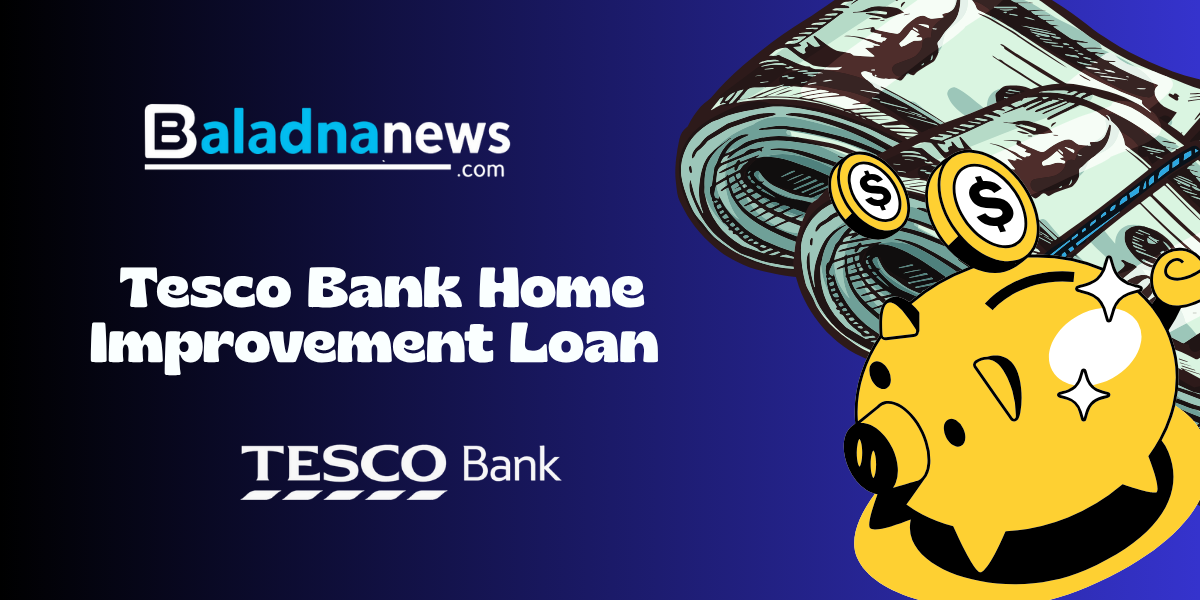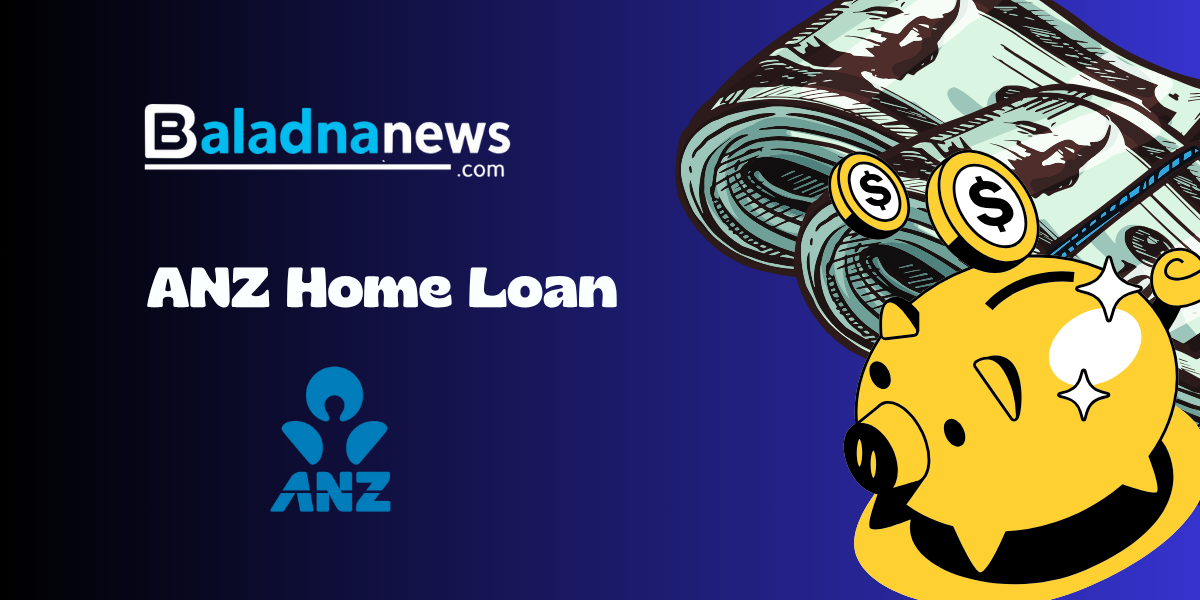
Feeling buried under mounting statements and high interest charges can be overwhelming. Yet, with the right strategy, debt consolidation loans can transform chaos into clarity and provide a roadmap toward financial relief.
At its core, a debt consolidation loan combines multiple obligations—credit cards, personal debts, medical bills—into one new loan. This process typically involves qualifying for a personal or home equity loan, receiving a lump-sum payment, and using those funds to satisfy existing balances.
Once the original debts are paid, the borrower makes fixed monthly installments over defined term to the new lender. With a clear timeline to full debt freedom, borrowers know exactly when they will emerge debt-free, assuming consistent payments.
Debt consolidation shines when certain factors align. Consider these conditions before applying:
For borrowers who qualify, debt consolidation can deliver significant interest savings and reduced payments. For example, rolling $15,000 in 23% APR credit card balances into a 13% APR loan over five years can slash interest costs by over $8,000 and shave a full year off repayment.
Statistics show that 59% of borrowers fully consolidate using personal loans, achieving a unified payment plan. Meanwhile, 30% secure partial consolidation, requiring additional strategies to cover remaining balances.
Debt consolidation isn’t a cure-all. In these scenarios, it may backfire:
Even under favourable terms, you must weigh:
origination and closing cost considerations that can chip away at projected savings. Compare fee structures across lenders and calculate the break-even point.
potential loss of borrower benefits when consolidating certain debts, such as student loans forfeiting interest discounts or forgiveness options.
If a consolidation loan isn’t ideal, explore other pathways:
Concrete examples illustrate potential gains. Review this scenario:
Lenders typically seek borrowers with low debt-to-income ratio requirements and steady, documentable monthly income evidence. A FICO score above 670, minimal outstanding obligations, and proof of reliable earnings enhance approval odds.
Before committing, shop around for the lowest APR and minimal fees. Ensure you have an unwavering commitment to long-term financial goals. Create a budget, set up automatic payments, and resist the temptation to rack up new balances.
Debt consolidation loans can be powerful tools when used correctly. They simplify repayment, reduce interest costs, and provide a clear path out of debt. Success hinges on credit health, stable income, and disciplined spending habits.
However, if your score is low, income varies, or fees negate savings, consider balance transfers, nonprofit counseling, or settlement negotiations. Adopt the strategy that offers real relief and aligns with your financial situation.
Your journey to financial stability begins with informed decisions and consistent action. With careful planning and the right loan, debt consolidation loans can be the catalyst that turns stress into empowerment.
References













